Solutions for the Franc Loan Crisis
The appreciation of the US dollar and of the Swiss franc did not go unnoticed in Romania.

Corina Cristea, 19.03.2015, 13:35
A natural occurrence in currency markets, exchange rate variations are paid special attention to when changes are sudden and substantial. This was the case early this year with the Swiss franc, and more recently with the US dollar. What are the explanations and, more importantly, the consequences of such developments? Who stands to gain and who stands to lose from this in Romania?
In January, the Swiss central bank removed the cap on its national currency’s exchange rate against the euro, which pushed the Swiss franc to a level close to the European single currency, in a record-high appreciation of nearly 30%. The effect in Romania was significant. During the loan boom period, tens of thousands of Romanians were attracted by the stability of the Swiss currency and by the smaller interest rates, and contracted loans in francs, only to find themselves now unable to make the monthly instalments. They took to the streets and called on the government to step in.
Several proposals were made, including the conversion of loans into the Romanian currency, or the extension of repayment periods. This week, the Government has discussed a bill regarding the conversion of franc loans into Romanian leu loans. Banks would offer a 15% reduction on the value of the Romanian leu loan resulting from the conversion, while the state would provide guarantees for half of the outstanding amounts. The bill covers clients with mortgage loans who have delays of less than 60 days in monthly payments and net incomes of around 670 euros at most. The Government originally intended to pass this piece of legislation as an emergency ordinance, but at the request of the Prime Minister, it was turned into a draft law.
While the unexpected and substantial appreciation of the Swiss franc dominated the financial market early this year, as of recently the US dollar has grown strong against the Romanian currency. The increase is mainly due to the strengthening of the US dollar against the euro, as a result of the superior economic growth rate of the US and of the investor expectations regarding an increase of interest rates by the Federal Reserve. On Wednesday the latter took a further step towards the first increase of the key interest rate since 2006, but at the same time it downgraded its economic growth and inflation projections.
In the latest monetary policy statement, Fed officials dropped the word “patient” with regard to increasing borrowing costs, which analysts view as a sign that the central bank is opening the door wider to an interest rate hike in the months to come.






























